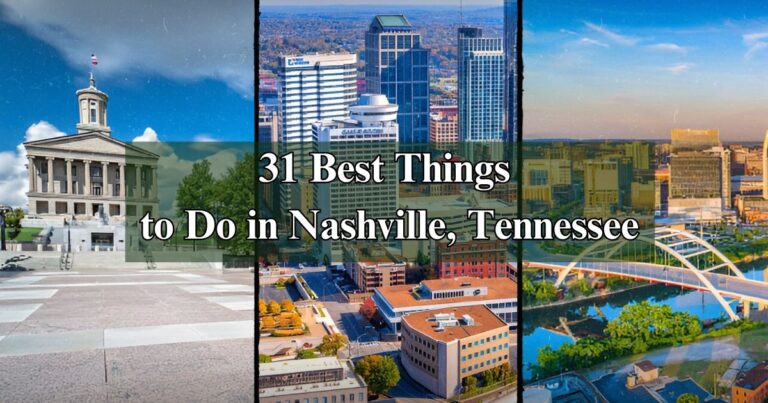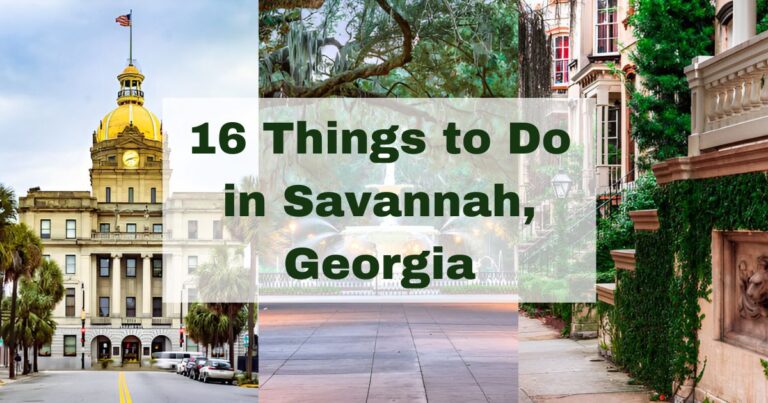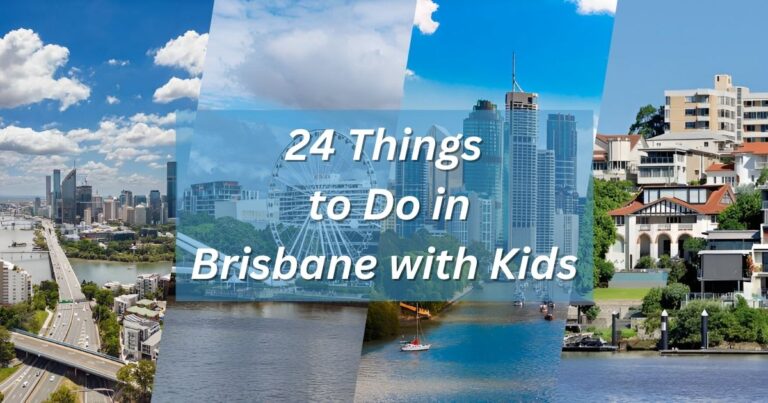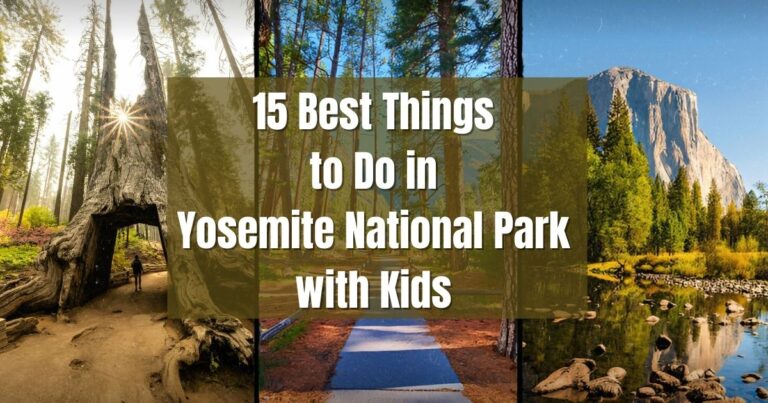5-Day Guatemala Itinerary: The Perfect Blend of Culture, Nature, and Adventure
Nestled in the heart of Central America, Guatemala boasts a rich tapestry of landscapes, history, and culture unmatched by many other destinations. From its ancient Mayan civilizations to its picturesque colonial towns and stunning natural wonders, this country holds something for every traveler. For those looking to experience the best of Guatemala in a short time, a carefully crafted 5-day itinerary can provide a memorable snapshot of what this diverse nation offers.
This itinerary encompasses three major destinations — the colonial charm of Antigua, the serene beauty of Lake Atitlán, and optional activities like the exhilarating Acatenango Volcano hike or a historical journey to Tikal. Whether you’re looking for adventure, relaxation, or cultural immersion, this versatile itinerary ensures you make the most of your limited time in Guatemala.
Day 1: Arrival in Guatemala City and Transfer to Antigua
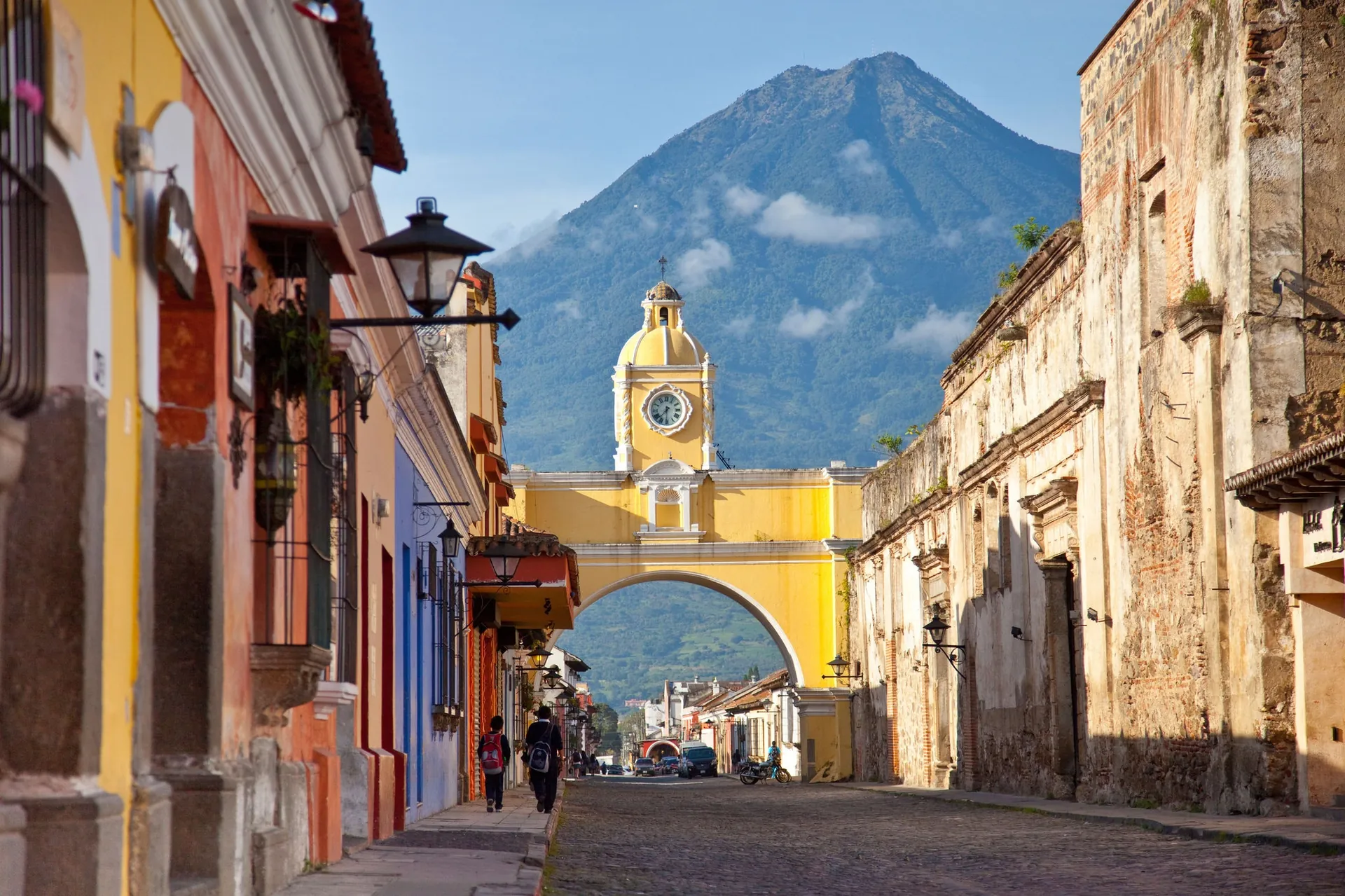
Arriving in Guatemala City
Guatemala City is the largest and most trafficked city in the country, home to the main international airport, La Aurora International Airport (GUA). While the capital city is bustling and rich with history, most travelers immediately venture out to nearby destinations like Antigua, which is roughly an hour to an hour and a half away.
Direct flights connect Guatemala City with major hubs across the Americas, making it a convenient starting point for your journey. Upon landing, the most efficient way to reach Antigua is via shuttle services or private transfers. Many travelers opt for shuttle services, as they offer a blend of convenience and affordability, with tickets costing an average of $10-15 per person. Private transfers, while more expensive (around $40-60), provide comfort and privacy—ideal for families or small groups.
Exploring Antigua
Upon arrival in Antigua, you’ll be treated to a mix of colonial charm and vibrant local culture. Antigua is a UNESCO World Heritage site and was once the capital of Guatemala during Spanish colonial rule. The streets are lined with colorful buildings, and the surrounding three volcanoes—Agua, Fuego, and Acatenango—create a stunning backdrop.
- Parque Central is a great starting point for your exploration. Situated at the heart of the town, this park serves as a meeting point for locals and tourists alike. It’s a perfect place to sit and absorb the relaxed atmosphere as you plan your next steps.
- Santa Catalina Arch: A short walk from the park lies the iconic Santa Catalina Arch, which dates back to the 17th century. It once connected a convent to a school so nuns could move between the two without stepping outside.
- Antigua Cathedral: On the eastern side of Parque Central, you’ll find the remains of Antigua Cathedral, which was severely damaged by earthquakes. The preserved ruins are a fascinating glimpse into Guatemala’s architectural resilience.
If you’ve arrived with time to spare, consider exploring the city’s bustling markets or enjoying a cup of locally-sourced coffee at a charming café. Antigua is known worldwide for its coffee production, and enjoying a fresh brew here is a must for caffeine lovers.
Where to Stay in Antigua
Antigua offers a range of accommodations suited to various budgets:
- Hostels: Selina Antigua offers budget lodging with a fun, social atmosphere perfect for young travelers and backpackers.
- Boutique Hotels: The Hotel Casa Santo Domingo is a unique option that blends modern luxury with historical architecture. Once a 17th-century convent, this boutique hotel offers a luxurious yet quaint experience.
- Luxury: For those seeking high-end accommodations, El Convento Boutique Hotel offers top-tier service and beautifully furnished rooms in the heart of Antigua.
Day 2: Full Day Exploring Colonial Antigua
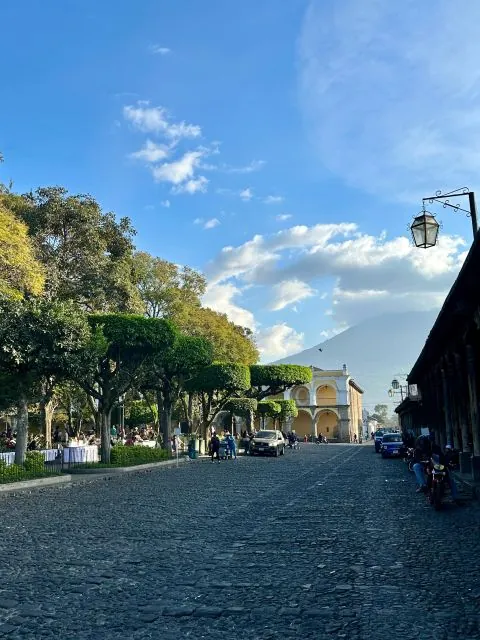
After a restful night in your accommodation, begin your second day with a more in-depth exploration of Antigua’s key sites and hidden gems.
Morning: Walking Tour of Colonial Antigua
A walking tour is the best way to familiarize yourself with Antigua. Whether you join a group tour or opt for a self-guided exploration, make sure to include:
- Cerro de la Cruz: This hilltop vantage point offers one of the best panoramic views of Antigua, with the town’s colorful rooftops juxtaposed against the looming Volcán de Agua. The hike up to Cerro de la Cruz is fairly short (about 15-20 minutes), but it can be moderately steep for some. The view from the top is absolutely worth it, and it’s a prime spot for photos.
- Antigua’s Convents and Monasteries: Visit monuments like the Capuchinas Convent and the ruins of La Merced Church to witness the remnants of Guatemala’s intricate colonial history.
As you stroll through the cobblestone streets, peek into the numerous art galleries and workshops scattered throughout the town. You’ll discover exquisite handmade crafts, jewelry, ceramics, and textiles—most of which are created by local artisans.
Afternoon: Cultural Experiences
Antigua is a treasure trove of cultural offerings. After lunch at one of the town’s charming cafés (perhaps savoring a tamale or a tostada), consider immersing yourself in the culture through a cooking class. Several local cooking schools, including La Tortilla Cooking School, run half-day courses where you will prepare traditional Guatemalan dishes, such as Pepián (a flavorful, spicy stew) and Kak’ik (a hearty turkey soup). These cooking classes typically include a visit to the local market, where you’ll shop for fresh ingredients alongside your instructor.
Alternatively, delve into Guatemala’s artistic traditions with a visit to one of the local artisan markets (such as the Nim Po’t Handicrafts Market), where you’ll find beautiful textiles, ceramics, and hand-made crafts.
Evening: Relaxation or Nightlife
As the sun sets, indulge in one of Antigua’s many fine dining establishments. Try La Fonda de la Calle Real, a restaurant famed for its takes on Guatemalan classics, or enjoy fresh seafood at Frida’s. For rooftop dining with a view, check out El Tenedor del Cerro, a hilltop restaurant known for its ambiance and breathtaking views.
If you’re in the mood to extend your evening, Antigua’s small but lively nightlife offers a choice of local brews, live music, and rooftop bars—like Café No Sé, known for its mezcal offerings and bohemian atmosphere.
Day 3: Transfer to Lake Atitlán and Explore Surrounding Villages
After two enriching days in Antigua, it’s time to head to the pristine countryside. Your destination: Lake Atitlán, a crater lake surrounded by majestic volcanoes and scattered with indigenous Maya villages.
Transfer from Antigua to Lake Atitlán
The journey from Antigua to Lago de Atitlán takes approximately 2.5 to 3 hours by shuttle. The scenic drive will provide ample photo opportunities, as you’ll pass by mountain landscapes and verdant valleys. Shuttle transfers are available starting from around $20-25 per person, while a private car will cost around $100 one way, but gives you flexibility and a chance to stop for photos.
Arriving at Panajachel, the lake’s main hub, you will immediately sense a change in the pace of life. Panajachel is known for its lively market, numerous restaurants, and as the starting point for many water-based activities.
Exploring Lake Atitlán
Lake Atitlán’s beauty lies not only in its clear blue waters and towering volcanoes, but also in the cultural richness of the villages that dot its shoreline. Each of these villages has its own distinct personality, and the best way to explore them is by taking a boat tour. Public water taxis operate between the villages, though you could also hire a private boat for more flexibility.
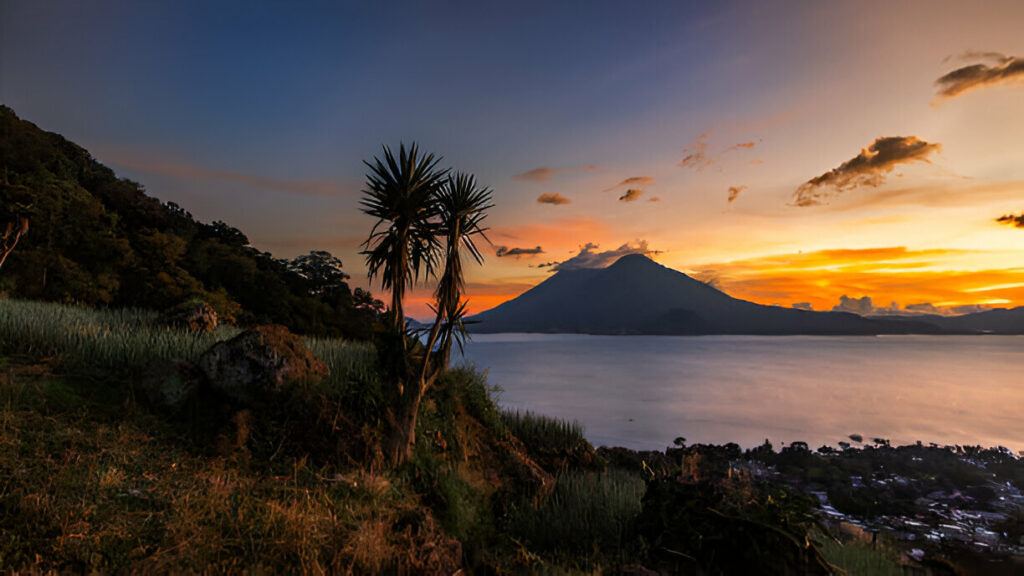
Morning: Boat Tour Around the Lake
While you could spend weeks exploring the villages surrounding Lake Atitlán, there are key stops that you should prioritize for this day:
- Panajachel: Known as “Pana” by locals, this village is Lake Atitlán’s gateway and its most developed. Stroll through its vibrant main street (Calle Santander) or browse its bustling markets to find locally-made crafts.
- San Pedro La Laguna: This energetic lakeside village is famous for its backpacker community and its perfect location for hiking trips around the nearby volcanoes. Visitors can enrol in affordable Spanish classes or take impromptu boat tours.
- San Juan La Laguna: Known for its artistic expression, San Juan is home to several weaving cooperatives and vibrant art galleries. You can see Mayan women demonstrating their traditional backstrap loom weaving, or purchase art created using natural dyes derived from local plants.
Afternoon: Visit Local Villages
In San Juan La Laguna, take your time to wander through gallery-lined streets or visit medicinal gardens tended by indigenous families. You may even be tempted to pick up textile souvenirs like purses, scarves, or traditional embroidered blouses, all sustainably made directly by local artisans.
If you prefer adventure, many local vendors also offer kayak and paddleboard rentals, allowing you to enjoy the lake’s crystal-clear waters while paddling around the bays and inlets.
Evening: Sunset Views from San Marcos La Laguna
End your day in San Marcos La Laguna, which is known as the “spiritual center” of Lake Atitlán. You can attend a yoga or meditation class at one of the village’s wellness centers, or simply relax at one of its peaceful cafés. For the best sunset views, head to Restaurant 6.8, perched above the water, with delicious food and unbeatable vantage points.
Day 4: Adventure Day – Hike Acatenango Volcano or Explore More of Lake Atitlán
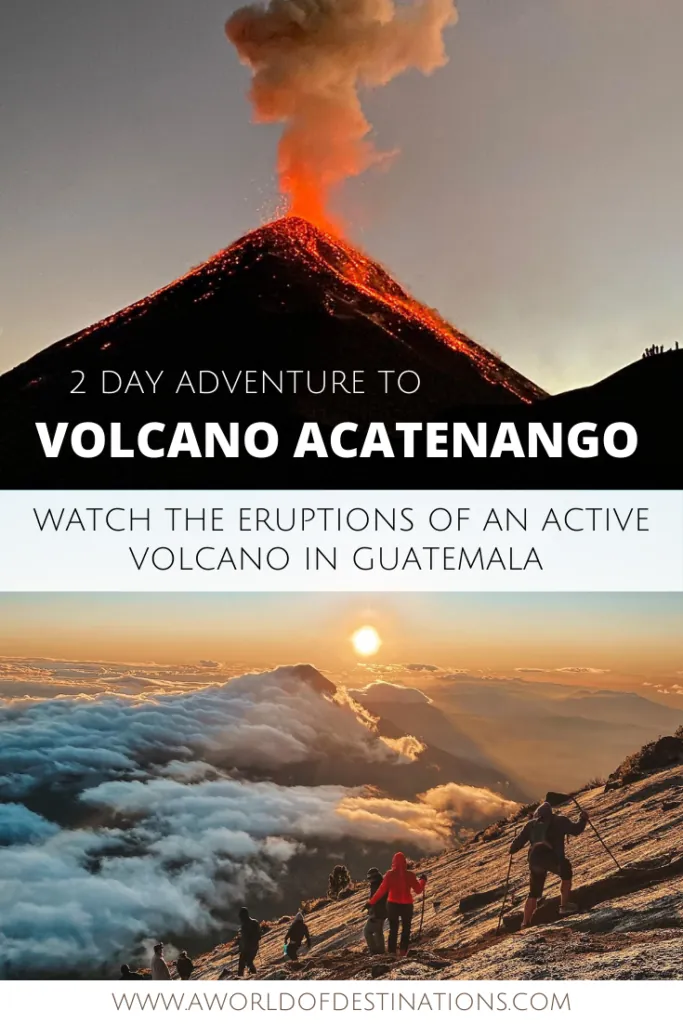
Today, you’ll have the option to embark on the ultimate adventure: a hike to the summit of Volcán Acatenango or continue your scenic tour around Lake Atitlán.
Option 1: Acatenango Volcano Hike
If you’re up for a physical challenge, the Acatenango Volcano hike is one of the most rewarding experiences Guatemala has to offer. Towering at 13,044 feet, Acatenango is famous for providing stunning views of Volcán de Fuego, which frequently erupts, sending plumes of ash and lava into the night sky.
Morning: Start the Hike
Tours typically start early in the morning, departing from Antigua at around 7:00 am. Most agencies offer guided group tours, costing around $90-100, which include transportation, meals, and camping gear. The hike up can take anywhere from 5 to 7 hours, depending on fitness level. Although it’s steep and demanding, anyone with moderate fitness can accomplish this trek with the right pace and mindset.
Afternoon & Evening: Reaching the Summit
As you trek upwards, you’ll traverse various landscapes—from cloud-covered pine forests to stark volcanic gravel. The higher you climb, the more breathtaking the views become. Finally, you’ll reach your camp near the summit, where you will set up for the night.
One of the major bonuses of camping on Acatenango is watching Volcán de Fuego erupt at night. It’s a surreal experience lying under the stars while the eruptions light up the night sky. Many tours provide warm jackets, meals, and a tent to shelter you from the cold mountain air.
Option 2: More Time Around Lake Atitlán
If hiking Acatenango isn’t to your liking, there are plenty of ways to soak in more of Lake Atitlán’s beauty and culture.
Morning: Hiking or Yoga in San Marcos La Laguna
San Marcos is not just a spot for spiritual seekers but also a hub for outdoor activities. A series of hiking trails criss-cross around this peaceful village, many offering elevated views of the lake. One of the most scenic trails leads to Indian Nose, a renowned peak from which you’ll witness one of the best panoramic views in the Guatemalan Highlands.
For those seeking relaxation, the yoga and wellness centers in San Marcos offer a variety of options, from meditation classes to open-air yoga sessions with breathtaking views.
Afternoon & Evening: Exploring More Villages
Take an afternoon boat ride to Santiago Atitlán, one of the largest of the lakeside villages. Santiago Atitlán is famous for its significance as a Mayan religious center. Here, you’ll find yourself immersed in a rich network of history, with sacred sites such as the statue of Maximón, a worshiped deity in local lore.
You can also plan your visit to align with Chichicastenango Market, if it’s one of its market days (Thursday or Sunday). A short shuttle ride from the lake to Chichicastenango will deliver you to one of the largest and most famous markets in Central America. Here, find everything from handmade textiles and fresh produce to mystical items used in traditional Mayan ceremonies.
Day 5: Return to Guatemala City via Antigua or Explore Tikal
All good things must come to an end, and on your final day, you’ll either start your journey back to Guatemala City or squeeze in one more adventure with a trip to Tikal.
Option 1: Return to Guatemala City via Antigua
For a relaxed end to your Guatemalan getaway, spend your final morning back in Antigua. Stroll the leafy lanes, pick up last-minute souvenirs, or enjoy a leisurely brunch before catching your afternoon or evening transfer to Guatemala City. If you have a morning flight the next day, consider spending the night at an airport hotel for convenience.
Option 2: Day Trip to Tikal
For many travelers, Tikal represents one of the most compelling reasons to visit Guatemala. If time permits, take a short early morning flight from Guatemala City to Flores, the gateway to Tikal National Park. Tikal, once a thriving Mayan city-state, is now a sprawling archaeological site set amidst dense jungle.
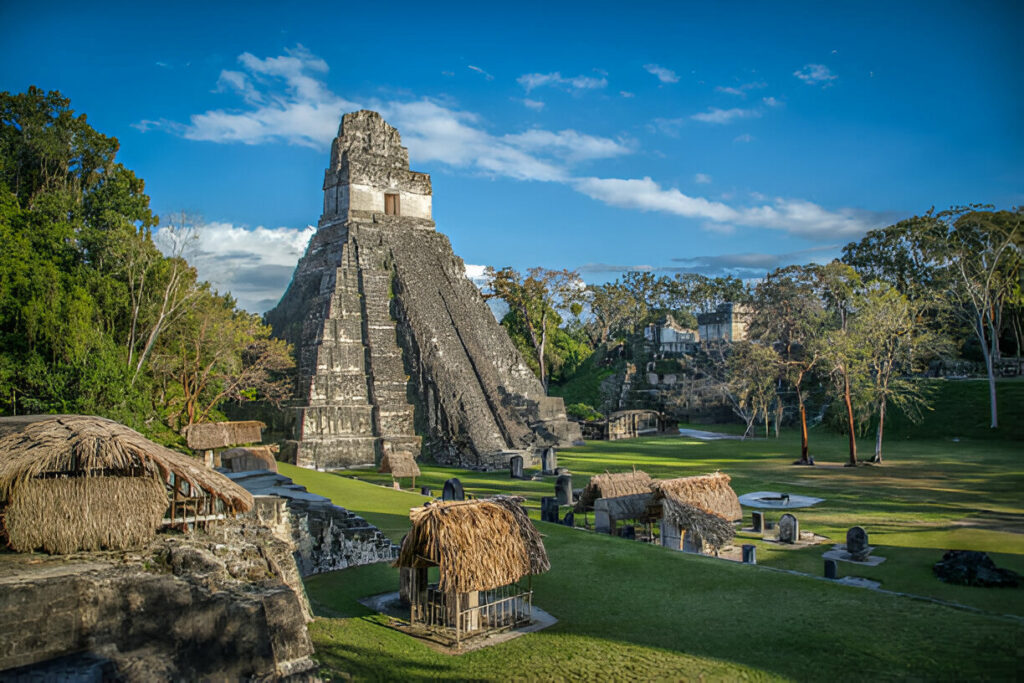
Exploring Tikal Ruins
Tikal’s architectural wonders are not only awe-inspiring for their size but also for their age, with some structures dating back to the 4th century BC. Stand beneath the towering Temple I (Temple of the Great Jaguar), ascend Temple IV for panoramic views above the jungle canopy, and immerse yourself in the deep history of the Maya civilization.
Tikal is also a great destination for wildlife spotting. Keep an eye out for toucans, spider monkeys, and coatis as you explore the park. If you’re lucky, you might even catch the roars of howler monkeys echoing in the distance.
While it could be challenging to fit a full day in Tikal after returning to Flores, organized sunrise or sunset tours can allow you to maximize your time here.
FAQs Section
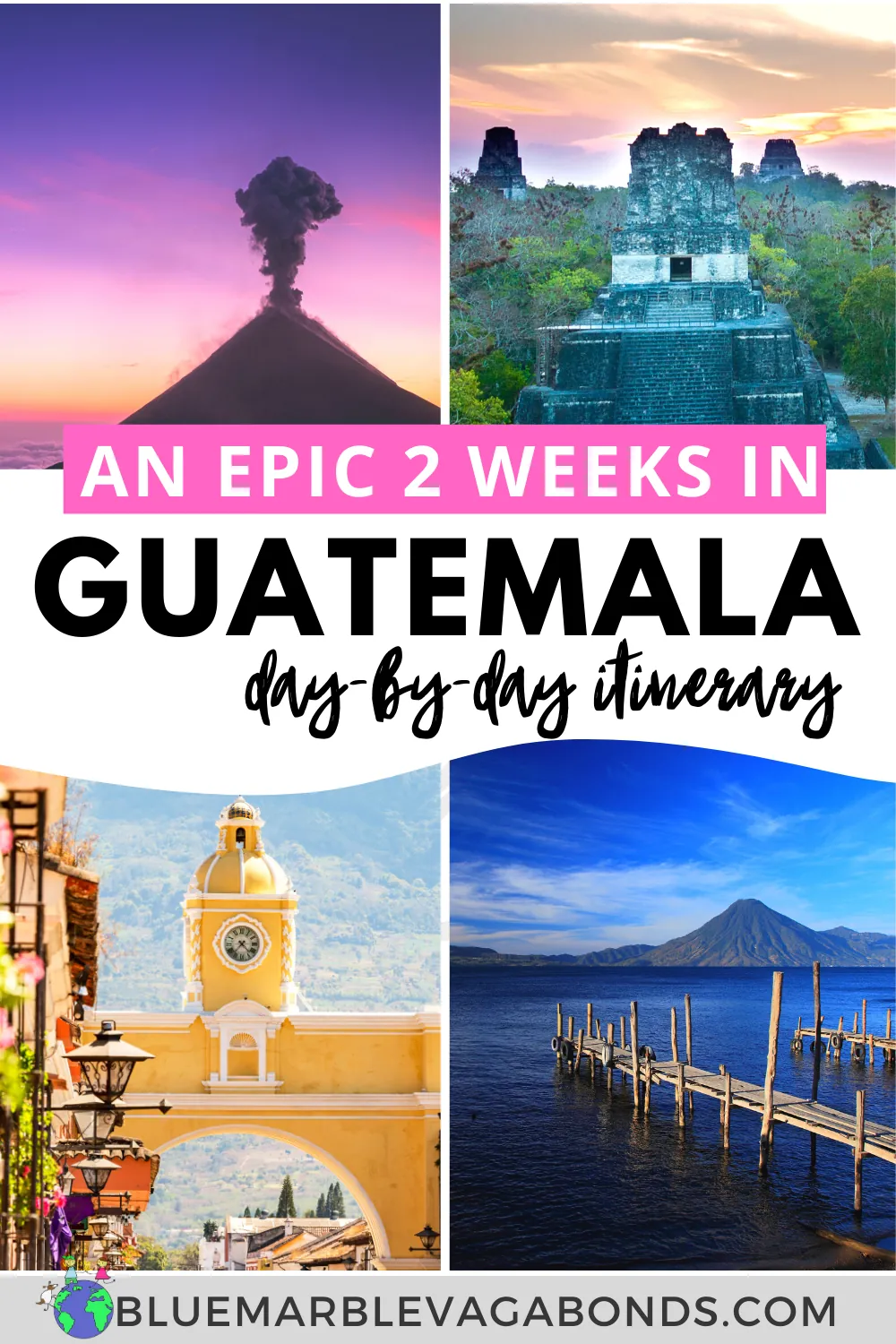
1. Is Guatemala safe for tourists?
Like any destination, Guatemala has areas with higher crime rates, but tourist-friendly zones like Antigua, Lake Atitlán, and Tikal are generally safe. Exercise typical precautions, such as avoiding traveling alone at night and using trustworthy transportation options. It’s always a good idea to stay informed by checking local news, travel advisories, and advice from locals or tour guides.
2. What is the best time to visit Guatemala?
The best time to visit Guatemala is during the dry season from November to April. These months offer sunny conditions perfect for outdoor activities like volcano hiking and exploring ancient Mayan ruins. However, Guatemala’s lush green landscape is a result of its rainy season (May to October), and if you don’t mind occasional downpours, you can enjoy fewer crowds and lower prices during this time.
3. How do I get around in Guatemala?
For intercity travel, shuttle buses are a convenient option. They connect major tourist destinations such as Antigua, Lake Atitlán, and Tikal. „Chicken buses,“ or repurposed school buses, are cheap but can be crowded and less secure, so they are not typically recommended for tourists. For longer distances, such as between Guatemala City and Flores (for Tikal), taking a domestic flight is often the best option.
4. What should I pack for a trip to Guatemala?
Guatemala’s temperatures can range from warm and humid during the day to cool and chilly at night (especially at higher altitudes like in Antigua or when hiking Acatenango). Consider packing several layers, comfortable walking shoes, sunscreen, insect repellent, and rain gear if visiting during the rainy season. If you plan on hiking, specific clothing like trekking boots and moisture-wicking apparel are advisable.
5. Is five days enough in Guatemala?
Five days offers a taste of Guatemala’s most famous attractions, including Antigua, Lake Atitlán, and possibly Tikal or Acatenango. While it won’t cover everything, it’s an ideal amount of time for those looking to experience the highlights. However, if you’re enticed by Guatemala’s depth of culture and adventure, consider extending your trip to explore more destinations like Semuc Champey, Pacaya Volcano, or the Rio Dulce.
Conclusion
In just 5 days, travelers can immerse themselves in some of Guatemala’s most attractive and exciting destinations. From the quaint, history-packed streets of Antigua to the mystic tranquility of Lake Atitlán, this itinerary strikes the perfect balance of culture, nature, and adventure. If you opt to add the challenging but rewarding Acatenango hike or a trek to the ancient Mayan city of Tikal, you’ll leave Guatemala not just with beautiful memories, but also with the satisfaction of genuine experience.
While five days might barely scratch the surface of everything Guatemala has to offer, this itinerary lays the groundwork for a wholly unforgettable adventure. Customize each day according to your preferences, and you might find yourself, like many travelers, planning your next longer-term trip before you even depart!

